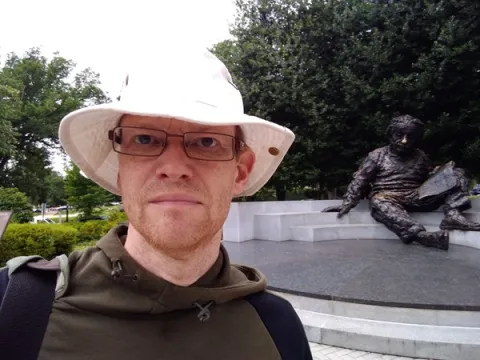Project overview
Space weather—driven by the Sun’s highly variable atmosphere and episodic coronal mass ejections—poses growing risks to technological systems, from satellite infrastructure to global communications and power networks. Severe “Carrington-level” storms could generate economic impacts on the scale of trillions of dollars, making it essential that scientific understanding of solar hazards is effectively translated into policy, industry practice, and public awareness. This pilot project develops an innovative methodology for capturing and evaluating how risks associated with space weather are communicated across scientific, governmental, and popular domains, with particular attention to cultural and geopolitical variation. Using the intense May 2024 solar storms—the most powerful since 1989—as a central case study, the project examines risk discourse across a ten-year window prior to the event, during the storm’s four-day peak, and in its aftermath.
Our approach integrates quantitative trend analysis with qualitative discourse interpretation to map how different media ecosystems—scientific reports, news coverage, social media, popular science writing, fiction, and film—frame uncertainties, probabilities, consequences, and worst-case scenarios. The project addresses key challenges in risk communication, including the ambiguity of verbal risk descriptors, culturally conditioned interpretations of probability, and tensions between mobilizing public attention and providing reassurance. Drawing on frameworks that treat knowledge as situated, distributed, and socially contested, the study advances a cross-disciplinary method for comparing global narratives of technological vulnerability and solar-storm hazard. The project will produce an initial synthesis of findings and a scalable methodological foundation for a major research programme aimed at improving the communication and governance of space-weather risks.
Our approach integrates quantitative trend analysis with qualitative discourse interpretation to map how different media ecosystems—scientific reports, news coverage, social media, popular science writing, fiction, and film—frame uncertainties, probabilities, consequences, and worst-case scenarios. The project addresses key challenges in risk communication, including the ambiguity of verbal risk descriptors, culturally conditioned interpretations of probability, and tensions between mobilizing public attention and providing reassurance. Drawing on frameworks that treat knowledge as situated, distributed, and socially contested, the study advances a cross-disciplinary method for comparing global narratives of technological vulnerability and solar-storm hazard. The project will produce an initial synthesis of findings and a scalable methodological foundation for a major research programme aimed at improving the communication and governance of space-weather risks.

